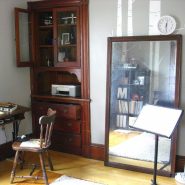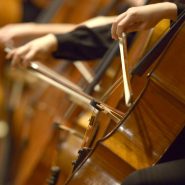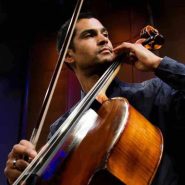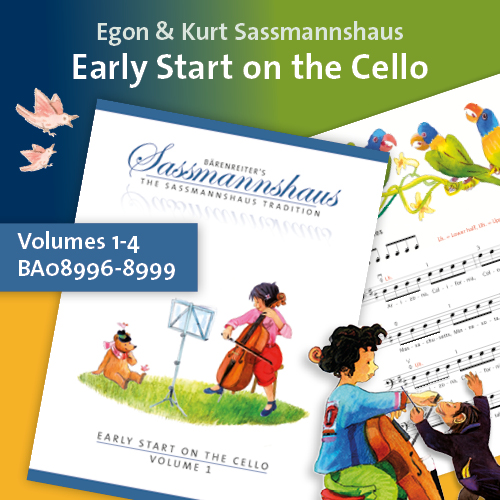Tag: Coordination
By Robert Jesselson January 27, 2019
By Robert Jesselson December 30, 2018
Subjects Repertoire, Technique
By Robert Jesselson December 24, 2018
By Robert Jesselson December 2, 2018
Subjects Repertoire, Technique
By Michael Haber September 3, 2017
Subjects Practicing
Tags Auditions, Coordination, Experience, frustration, Michael Haber, personality, self, soul
By Blogmaster June 14, 2017
Subjects Practicing, Technique
Tags Coordination, Practice, Rhythm
By Selma Gokcen March 10, 2014
Subjects Playing Healthy
Tags accuracy, activity, Alexander Technique, cello, cellobello, conditioning, conservatory, Coordination, delivery, F.M. Alexander, Gokcen, habit, hours of practicing, necessity, Practice Room, Primary Control, relentless repetitive motions, repetition, results, Selma, the Use of the Self, young instrumentalists
By Gregory Beaver May 27, 2013
Subjects Playing Healthy, Practicing
Tags advanced breath control, aerobic exercise, Awareness, balance, Beaver, body, breath control, breathing, breathing with scales, CD player, cellists, cello, cellobello, chest, control, controlled frenzy, Coordination, diaphragm, emit sound, Gregory, heart rate, Improve your talent, improvement, light-headed, muscles, musicians, oxygen, practicing, relaxation, simple formula, skill, smoothness, stomach, strengthen the diaphragm, T’ai Chi, talent, Technique, trouble passages, unbalancing the body, weakness, yoga
By Jeffrey Zeigler February 27, 2012















